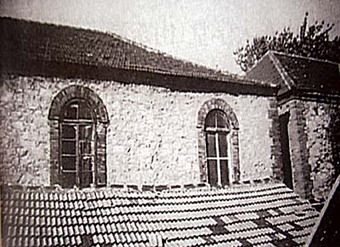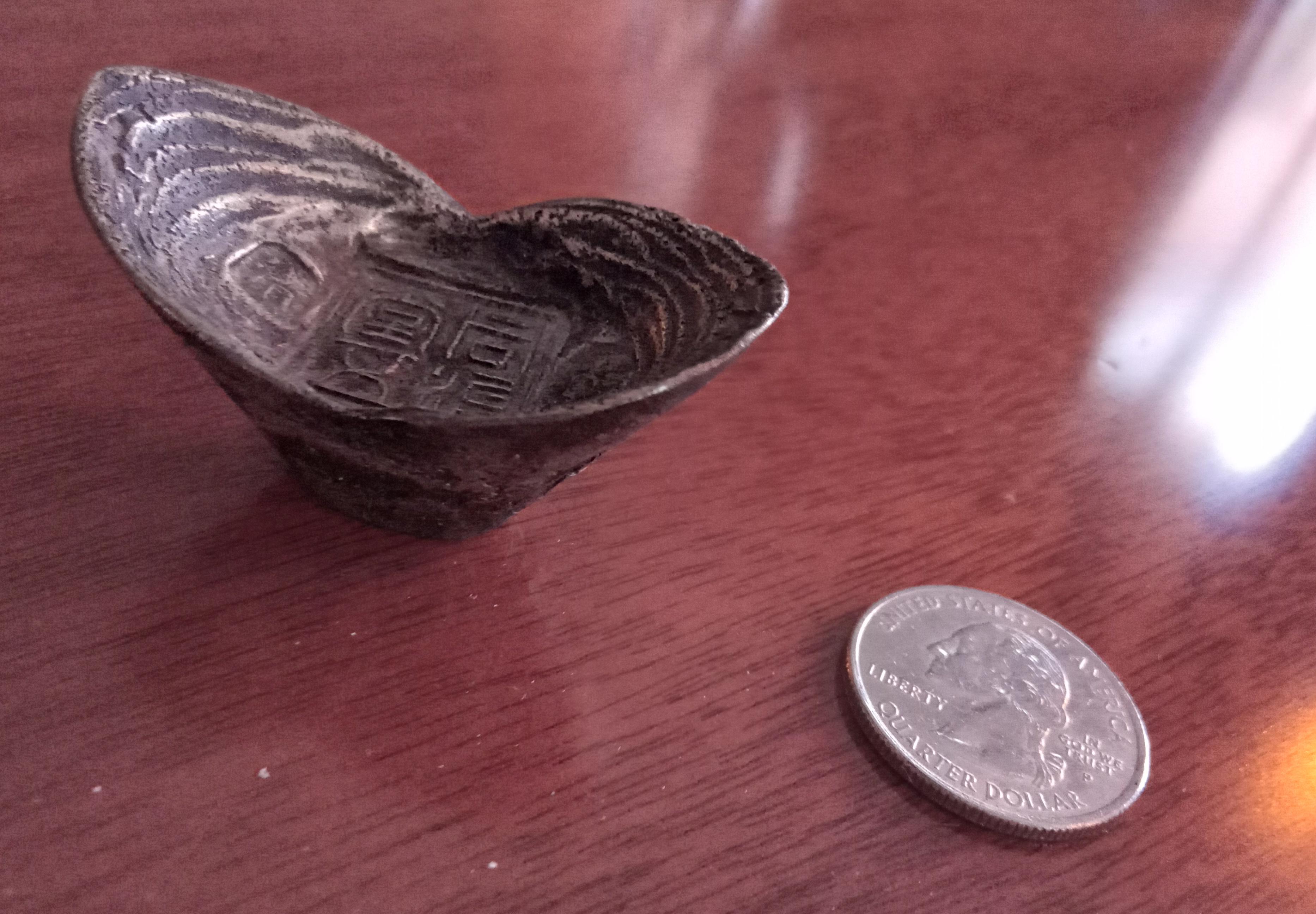|
Shandong University
Shandong University (, abbreviated as Shanda, , English abbreviation SDU) is a public research comprehensive university in Jinan, Shandong with one campus in Weihai, Shandong and one campus in Qingdao, Shandong and is supported directly by the national ministry of education. It is one of the largest universities in China by student population (67,000, including 41,879 undergraduates, 24,319 postgraduates, and 1,612 international students as of 2021). Present-day Shandong University is the result of multiple mergers as well as splits and restructurings that have involved more than a dozen academic institutions over time. The oldest of Shandong University's precursor institutions, Cheeloo University, was founded by American and English mission agencies in the late 19th century (as Tengchow College of Liberal Arts in Penglai). Tengchow College was the first modern institution of higher learning in China. Shandong University derives its official founding date from the Imperial S ... [...More Info...] [...Related Items...] OR: [Wikipedia] [Google] [Baidu] |
National University
A national university is mainly a university created or managed by a government, but which may also at the same time operate autonomously without direct control by the state. Some national universities are associated with national cultural or political aspirations. For example, the National University of Ireland during the early days of Irish independence collected a large amount of information about the Irish language and Irish culture. In Argentina, the national universities are the result of the 1918 Argentine university reform and subsequent reforms, which were intended to provide a secular university system without direct clerical or government influence by bestowing self-government on the institutions. List of national universities Albania Argentina * University of Buenos Aires Australia * Australian National University Bangladesh * National University of Bangladesh Bhutan * Royal University of Bhutan Bosnia and Herzegovina * University of Sarajevo Brazil * ... [...More Info...] [...Related Items...] OR: [Wikipedia] [Google] [Baidu] |
Penglai City
Penglai, formerly known as Dengzhou or Tengchow, is a district belonging to the prefecture-level city of Yantai, Shandong Province, in the People's Republic of China. It lies on the northwest corner of the Shandong Peninsula on the southern coast of the Gulf of Bohai. Penglai is famous for its mirages out at sea, which are frequent during May and June. Formerly a county-level city, Penglai became a district of Yantai City in 2020. Geography Penglai is entirely surrounded by other divisions of Yantai: Fushan District is to the east, Longkou City to the west, and Qixia City to the south. Its limits in geographic coordinates are 37° 25'–37° 50' N, 120° 35'–121° 09' E. Climate History The Red Cliffs () of the area are reputed to have been the site where the Eight Immortals set out for the land of the immortals and where Qin Shi Huang later sent off five hundred boys and five hundred girls on ships to search for them. Chinese legends held that a mystic dolphin was seen f ... [...More Info...] [...Related Items...] OR: [Wikipedia] [Google] [Baidu] |
Treaty Ports
Treaty ports (; ja, 条約港) were the port cities in China and Japan that were opened to foreign trade mainly by the unequal treaties forced upon them by Western powers, as well as cities in Korea opened up similarly by the Japanese Empire. Chinese treaty ports The British established their first treaty ports in China after the First Opium War by the Treaty of Nanking in 1842. As well as ceding the island of Hong Kong to the United Kingdom in perpetuity, the treaty also established five treaty ports at Shanghai, Canton (Guangzhou), Ningpo (Ningbo), Foochow ( Fuzhou), and Amoy (Xiamen). The following year the Chinese and British signed the Treaty of the Bogue, which added provisions for extraterritoriality and the most favored nation status for the latter country. Subsequent negotiations with the Americans (1843 Treaty of Wanghia) and the French (1844 Treaty of Whampoa) led to further concessions for these nations on the same terms as the British. The second group of treat ... [...More Info...] [...Related Items...] OR: [Wikipedia] [Google] [Baidu] |
Julia Brown Mateer
Julia Brown Mateer (born before 1840 — February 18, 1898) was an American teacher, school matron, and Presbyterian missionary in China, working there with her husband Calvin Wilson Mateer for thirty-four years. Early life Julia Brown was born on her family's farm in Delaware, Ohio, the daughter of Robert Brown and Hannah Cunningham Brown. Her father was a cabinetmaker. She was educated in Granville, Ohio.Robert McCheyne Mateer''Character Building in China: The Life Story of Julia Brown Mateer''(New York: Fleming H. Revell, 1912). Career Julia Brown taught school in Mt. Gilead, Ohio as a young woman. Soon after marrying, she and her new husband sailed from New York, as Presbyterian missionaries to Shantung in China. They joined the missionaries at Tengchow in early 1864. Both Mateers learned to speak and write Mandarin for their work, and compiled a manual for other missionaries learning the language. They began and ran a boys' boarding school, which grew into the first Christia ... [...More Info...] [...Related Items...] OR: [Wikipedia] [Google] [Baidu] |
Calvin Wilson Mateer
Calvin Wilson Mateer (, sometimes misspelt "Matteer") (9 January 1836 – 28 September 1908) was a missionary to China with the American Presbyterian Mission. He was of Scottish-Irish descent and a native of Cumberland County, Pennsylvania.Daniel W. Fisher: Calvin Wilson Mateer, Forty-Five Years a Missionary in Shantung, China, A Biography, The Westminster Press, Philadelphia, 1911 He graduated from Western Theological Seminary, Pittsburgh. After serving with the Presbyterian church of Delaware, Ohio, for two years, he arrived in Dengzhou (today part of Penglai City, Shandong) with his wife Julia Brown Mateer in early January 1864 and continued to work as a missionary in China for 45 years. He was the chairman of the committee for Bible translation and presided over the translation of the widely circulated Chinese translation of the Holy Bible, ''The Chinese Union Version''. In 1882, Mateer founded Tengchow College as the first modern institution of higher education in China. ... [...More Info...] [...Related Items...] OR: [Wikipedia] [Google] [Baidu] |
Gentry (China)
The "landed gentry, gentry", or "landed gentry" in China was the elite who held privileged status through passing the Imperial exams, which made them eligible to hold office. These literati, or scholar-officials, (''shenshi'' 紳士 or ''jinshen'' 縉紳), also called 士紳 ''shishen'' "scholar gentry" or 鄉紳 ''xiangshen'' "local gentry", held a virtual monopoly on office holding, and overlapped with an unofficial elite of the wealthy. The Tang dynasty, Tang and Song Dynastys expanded the Imperial examination, civil service exam to replace the nine-rank system which favored hereditary and largely military Chinese nobility, aristocrats. As a social class they included retired mandarin (China), mandarins or their families and descendants. Owning land was often their way of preserving wealth.Chang Chung-li [Zhongli Zhang], ''The Chinese Gentry: Studies on Their Role in Nineteenth-Century Chinese Society'' (Seattle: University of Washington Press, 1955). Confucian classes The ... [...More Info...] [...Related Items...] OR: [Wikipedia] [Google] [Baidu] |
Chinese Classics
Chinese classic texts or canonical texts () or simply dianji (典籍) refers to the Chinese texts which originated before the imperial unification by the Qin dynasty in 221 BC, particularly the "Four Books and Five Classics" of the Neo-Confucian tradition, themselves a customary abridgment of the "Thirteen Classics". All of these pre-Qin texts were written in classical Chinese. All three canons are collectively known as the classics ( t , s , ''jīng'', lit. "warp"). The term Chinese classic texts may be broadly used in reference to texts which were written in vernacular Chinese or it may be narrowly used in reference to texts which were written in the classical Chinese which was current until the fall of the last imperial dynasty, the Qing, in 1912. These texts can include ''shi'' (, historical works), ''zi'' (, philosophical works belonging to schools of thought other than the Confucian but also including works on agriculture, medicine, mathematics, astronomy ... [...More Info...] [...Related Items...] OR: [Wikipedia] [Google] [Baidu] |
Baotu Spring
The Baotu Spring (, sometimes translated as "Jet Spring" or "Spurting Spring") is a culturally significant artesian karst spring located in the city of Jinan, Shandong, China. It is mentioned in the ''Spring and Autumn Annals'', one of the Five Classics of Chinese literature, and was declared the "Number One Spring under the Heaven" () by the Qianlong Emperor in the Qing dynasty. The Baotu Spring is the most renowned among the more than 70 named artesian springs in the downtown area of the city of Jinan. The water of all these springs originates from an Ordovician karst aquifer under the city. As the terrain around Jinan slopes from the south down to the north, the recharge area for the aquifer is located in the mountainous area to the south of the city. The recharge area of the springs covers 1,500 square kilometres, out of which 550 km2 provide direct recharge and 950 km2 indirect recharge.Q. Wu and H. Xu (2005): A three-dimensional model and its potential application ... [...More Info...] [...Related Items...] OR: [Wikipedia] [Google] [Baidu] |
Tael
Tael (),"Tael" entry at the . also known as the tahil and by , can refer to any one of several used in and |
Qing Dynasty
The Qing dynasty ( ), officially the Great Qing,, was a Manchu-led imperial dynasty of China and the last orthodox dynasty in Chinese history. It emerged from the Later Jin dynasty founded by the Jianzhou Jurchens, a Tungusic-speaking ethnic group who unified other Jurchen tribes to form a new "Manchu" ethnic identity. The dynasty was officially proclaimed in 1636 in Manchuria (modern-day Northeast China and Outer Manchuria). It seized control of Beijing in 1644, then later expanded its rule over the whole of China proper and Taiwan, and finally expanded into Inner Asia. The dynasty lasted until 1912 when it was overthrown in the Xinhai Revolution. In orthodox Chinese historiography, the Qing dynasty was preceded by the Ming dynasty and succeeded by the Republic of China. The multiethnic Qing dynasty lasted for almost three centuries and assembled the territorial base for modern China. It was the largest imperial dynasty in the history of China and in 1790 the f ... [...More Info...] [...Related Items...] OR: [Wikipedia] [Google] [Baidu] |




